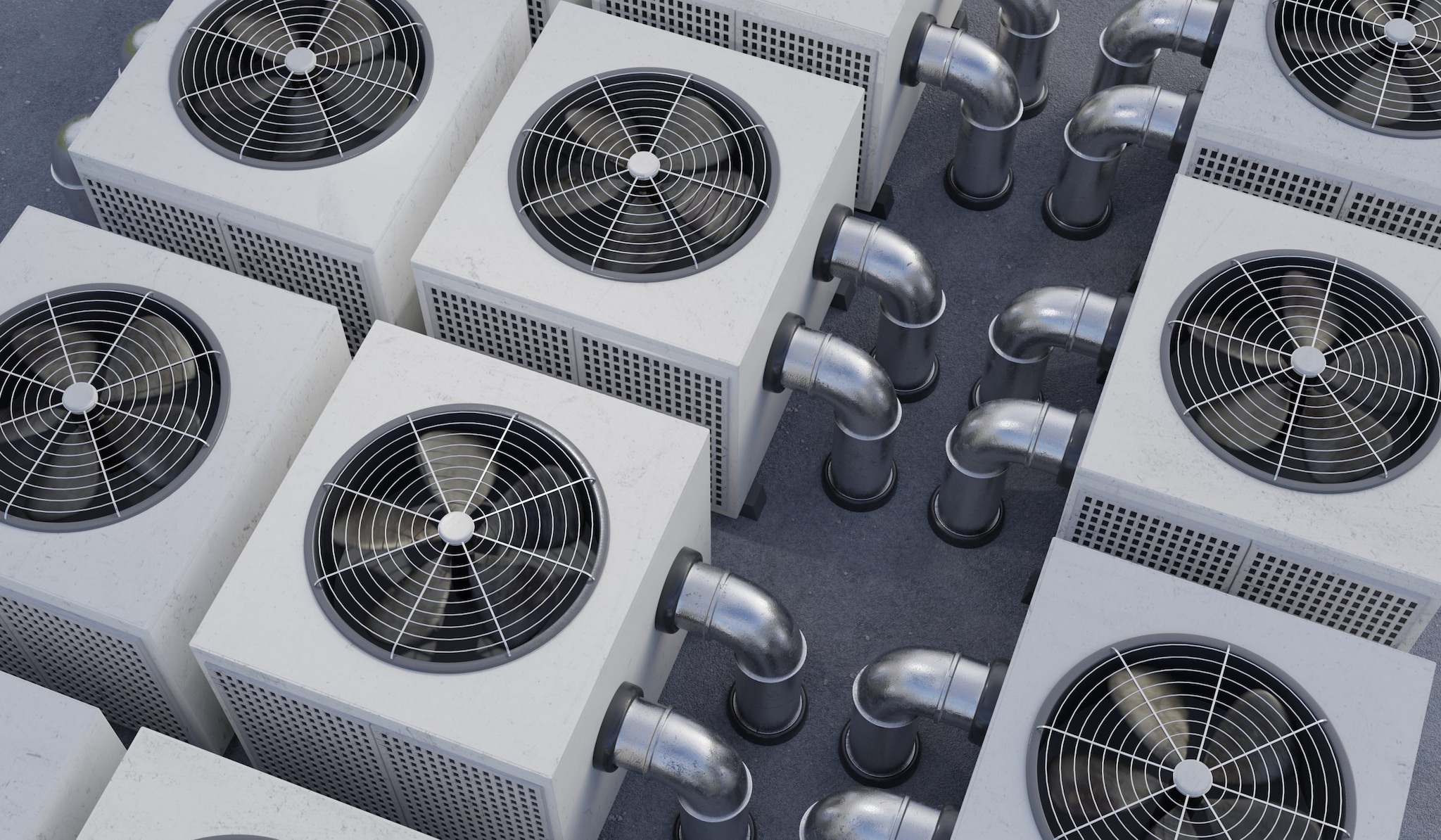At a glance
- Good ventilation is essential to maintaining a healthy indoor environment and protecting building occupants from respiratory infections in the workplace.
- Improving ventilation can reduce the number of particles in the air and lower occupants' risk of exposure to airborne hazards.

Why it's important
The Risk: Airborne viral particles spread between people more readily indoors than outdoors. Indoors, the concentration of these particles is often higher than outdoors. Protective indoor ventilation practices can reduce the airborne viral concentrations and the overall viral exposure to occupants.
Ventilation system upgrades or improvements can increase the delivery of clean air and dilute potential contaminants. Buildings that already provide code-compliant indoor air quality can often provide even more clean air without requiring major renovation.
These mitigation strategies apply across many indoor environments. Applying them to different building types, occupancies, and activities under environmental and seasonal changes can be challenging. The building owner or operator should identify which strategies are appropriate for each building throughout the year. Implementing multiple mitigation strategies at the same time will increase the overall effectiveness of the ventilation interventions.
Building owners can participate in the Clean Air in Buildings Challenge to improve indoor air quality and protect public health.
Terms to know
Viral particles
The CDC published much of this guidance during its response to the COVID-19 pandemic. However, these protective principles come from decades of experience reducing infectious aerosols in the air. For simplicity, this webpage uses the term "viral particles" when referencing infectious aerosols associated with a respiratory virus.
Ventilation
Ventilation is a term with different meanings to different people. For the purpose of this webpage, "ventilation" includes:
- Introduction of outdoor air, indoor air movement and dilution of germs through mechanical or nonmechanical (also called natural) means.
- Filtration through central heating, ventilation and air conditioning (HVAC) systems and/or in-room air cleaners (portable or permanently mounted).*
- Air treatment with Germicidal Ultraviolet (GUV) systems (also called Ultraviolet Germicidal Irradiation or UVGI).*
